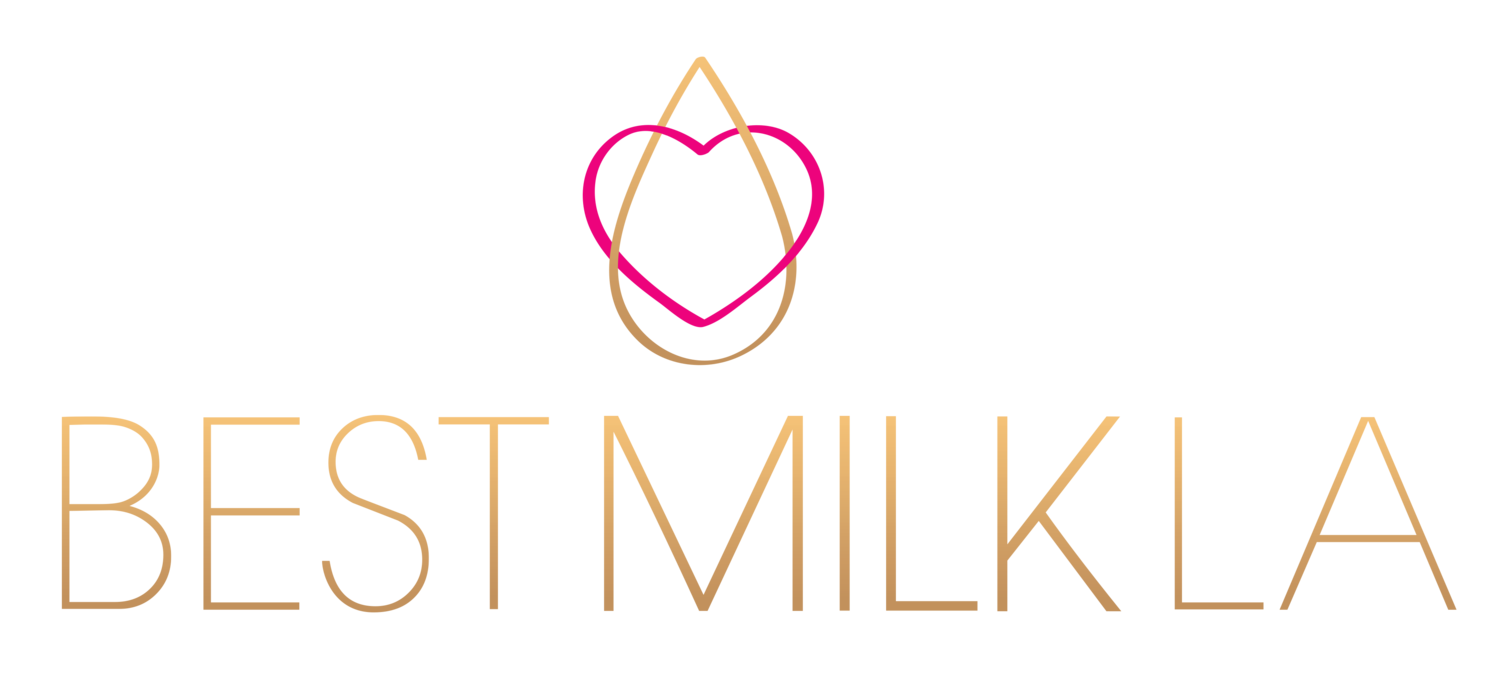The Baby Friendly Hospital Initiative
The Baby-Friendly Hospital Initiative is a global strategy of the World Health Organization and UNICEF to increase the numbers of babies who are exclusively breastfed worldwide. The Ten Steps to Successful Breastfeeding were developed by a team of global experts and consist of evidence-based practices that have been shown to increase breastfeeding initiation and duration. Baby-Friendly hospitals and birthing facilities must adhere to the Ten Steps to receive and retain a Baby-Friendly designation. The state of California is currently working on legislation requiring all birthing hospitals to support breastfeeding by implementing the Ten Steps to Successful Breastfeeding by 2025.
The Ten Steps to Successful Breastfeeding are:
Have a written breastfeeding policy that is routinely communicated to all health care staff.
Train all health care staff in the skills necessary to implement this policy.
Inform all pregnant women about the benefits and management of breastfeeding.
Help mothers initiate breastfeeding within one hour of birth.
Show mothers how to breastfeed and how to maintain lactation, even if they are separated from their infants.
Give infants no food or drink other than breast-milk, unless medically indicated.
Practice rooming in - allow mothers and infants to remain together 24 hours a day.
Encourage breastfeeding on demand.
Give no pacifiers or artificial nipples to breastfeeding infants.
Foster the establishment of breastfeeding support groups and refer mothers to them on discharge from the hospital or birth center.
If your hospital or birthing center is not yet designated Baby-Friendly, you can take your own steps towards making sure breastfeeding gets off to a good start. I recommend putting your baby skin-to-skin as soon as possible after birth, initiating breastfeeding within one hour of birth, practicing rooming-in with your baby, breastfeeding on-demand and holding off on pacifiers and artificial nipples until breastfeeding is fully established (around 4 weeks). Lastly, breast milk substitutes should not be used unless medically required.
For more information, please visit Baby Friendly USA.


